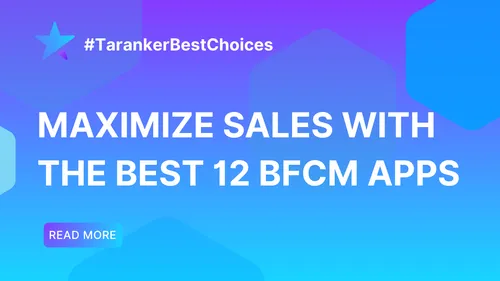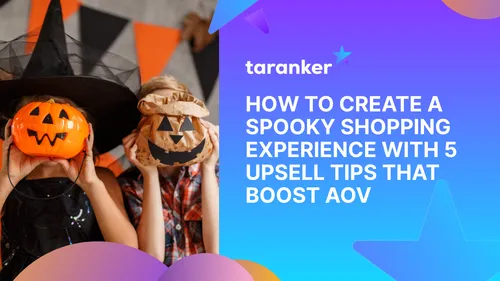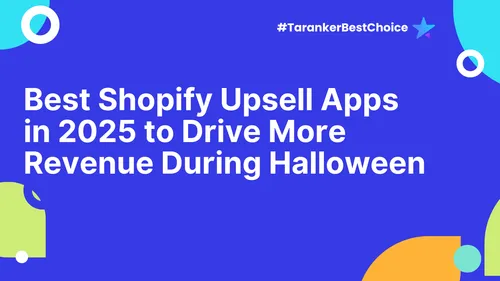
Imagine launching your Shopify store: your products are ready, your website looks fantastic, and you’re waiting for customers to flood in. But after a few weeks, traffic is slow, and your site remains buried deep in search engine results. What went wrong?
The answer might be simpler than you think—blogging. Adding a blog to your Shopify store can drastically improve your SEO, attract organic traffic, and establish your brand as an authority in your niche.
Let’s dig into why blogging is essential for Shopify SEO and how you can create high-quality content that drives results.
Why Blogging is Critical for Shopify SEO
1. It Increases Your Visibility on Search Engines

Search engines, especially Google, prioritize fresh, high-quality content when ranking websites. Each blog post is an opportunity to target long-tail keywords relevant to your niche. For example, if you sell sustainable clothing, blog topics like “How to Build an Eco-Friendly Wardrobe” or “The Benefits of Organic Fabrics” can target potential customers who are searching for those exact queries.
Every post you publish helps expand your keyword footprint, making it easier for search engines to index your site and rank it higher for relevant searches.
Read more about What is SEO? Why Search Engine Optimization Is Needed?
2. It Drives Organic Traffic to Your Store

Once your blog posts start ranking, they’ll drive consistent organic traffic to your store without additional cost. This is a stark contrast to paid ads, which only work as long as you’re spending money. Blogging is an investment that, over time, can pay off significantly by sending highly targeted visitors who are already interested in your products.
For example, someone reading a blog post about “Choosing the Best Skincare Routine” may eventually browse through your store to check out your related products. This traffic is often more valuable than ad-driven clicks because users are already engaged with your content.
3. Builds Trust and Authority

Blogging gives you a platform to share insights, tutorials, and product-related content that showcases your expertise. As customers read your posts and learn more about your products or industry, they begin to see you as a trustworthy authority.
This can directly affect their purchasing decisions, especially for high-value products or industries where customer education is crucial. Furthermore, by offering valuable information for free, you’re building a relationship with your audience, increasing the likelihood of conversion.
How to Create High-Quality Blog Content
Creating a blog is only half the battle—the real challenge is consistently publishing high-quality content that resonates with your audience and boosts your SEO. Here’s how to do it:
1. Conduct Thorough Keyword Research

Start with understanding what your customers are searching for. Use tools like Google Keyword Planner, Ubersuggest, or Ahrefs to identify key phrases and long-tail keywords related to your niche. Focus on informational content that helps answer customer questions or solves their pain points.
For instance, if you sell fitness equipment, you could target keywords like “best home workout equipment” or “how to stay fit without going to the gym.”
2. Write with the Audience in Mind
Content must always serve your audience’s needs first. Ask yourself:
-
What are their biggest challenges or questions?
-
How can my product or service solve their problems?
The more valuable and relevant your content is, the longer readers will stay on your site, which signals to Google that your site provides value, helping you rank higher.
3. Structure Your Blog for Readability
Google prefers content that is easy to read and digest. Make sure to:
-
Use short paragraphs.
-
Include bullet points and numbered lists.
-
Break up text with H2 and H3 subheadings to improve readability and SEO.
Additionally, internal linking to other products or blog posts helps keep users on your site longer and strengthens your internal SEO structure.
4. Include High-Quality Visuals

Visuals are key to keeping readers engaged. Use relevant images, infographics, and videos to break up text and offer visual explanations of complex topics. For Shopify stores, this could mean showcasing how-to videos or product images that tie into the blog content. Using a video editor online can help you create and customize these videos quickly, ensuring they are polished and professional.
Remember to optimize all images by including alt text with relevant keywords to improve image search SEO.
5. Keep It Evergreen
Evergreen content is blog content that remains relevant over time. Topics like “How to Care for Leather Boots” or “The Benefits of Organic Skincare” will remain useful to your audience, regardless of trends. These posts will continue driving traffic long after their publication date.
Conclusion: How Blogging Transforms Shopify SEO

Blogging for Shopify is more than just a marketing tactic—it’s a growth strategy. Each high-quality blog post is an asset that not only helps your store rank higher but also builds trust, drives traffic, and engages potential customers. By focusing on creating valuable, well-researched content, you set the stage for long-term success, elevating your Shopify store in an increasingly competitive digital marketplace.
If you haven’t already, now’s the time to leverage blogging as part of your strategy to grow your Shopify store organically. And for more tips on improving your product listings and promotions, check out our guide to optimizing product listings for SEO and step-by-step guide to creating Shopify discount codes.













